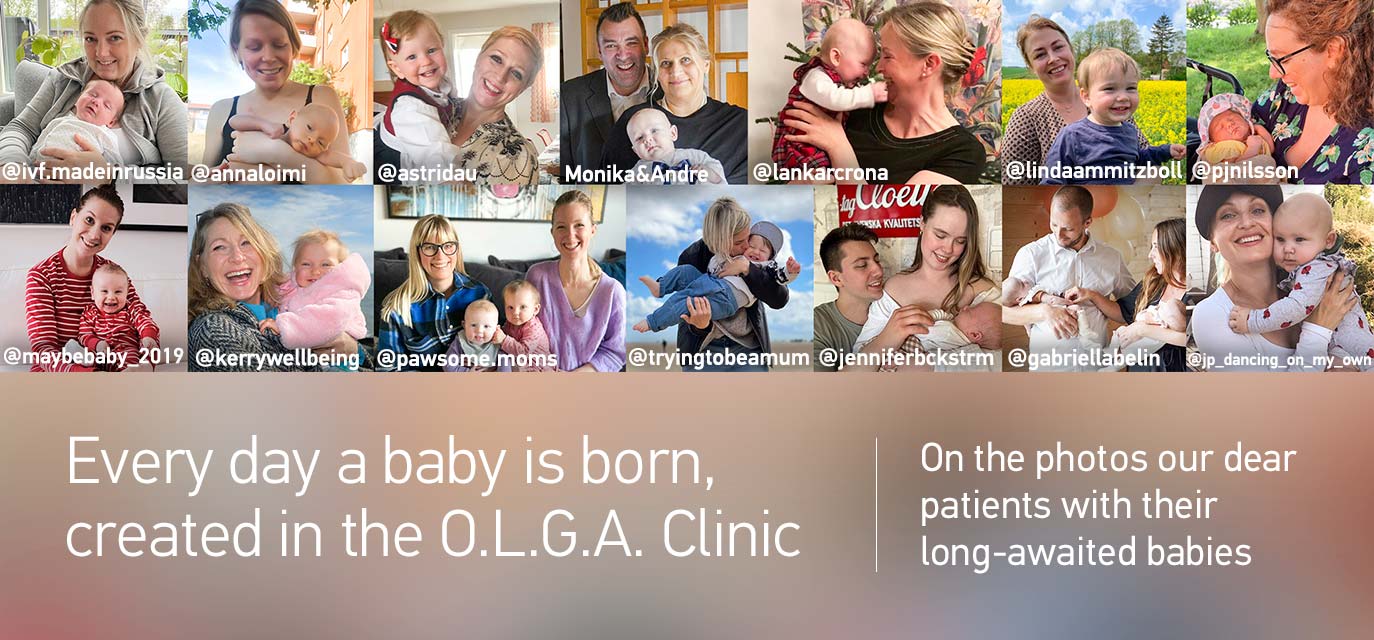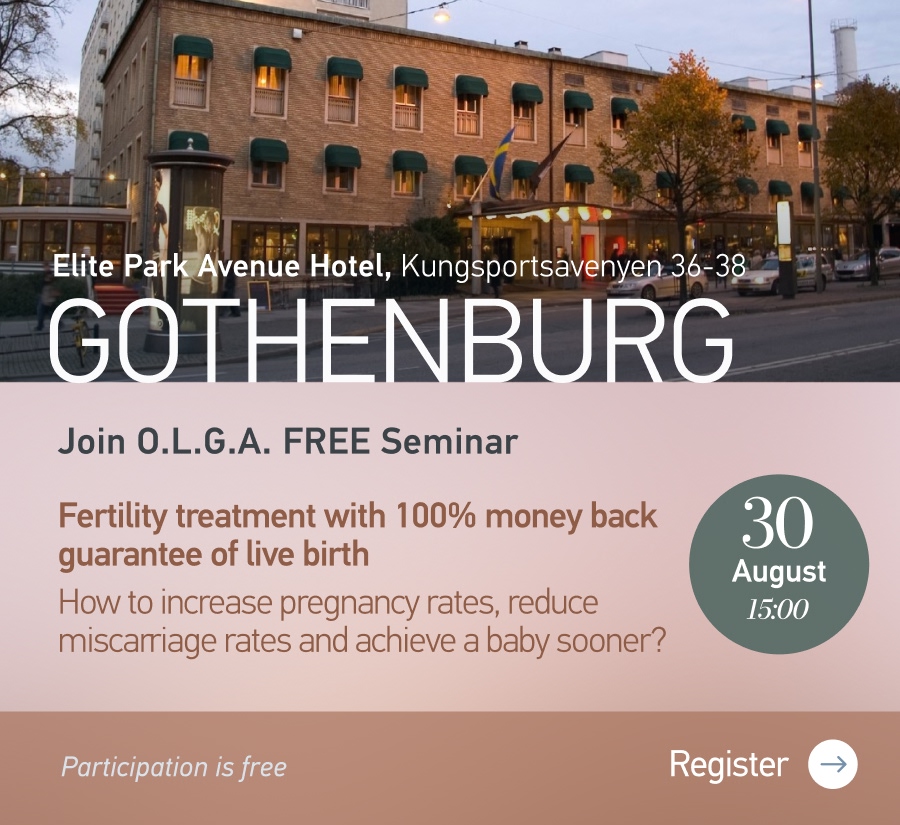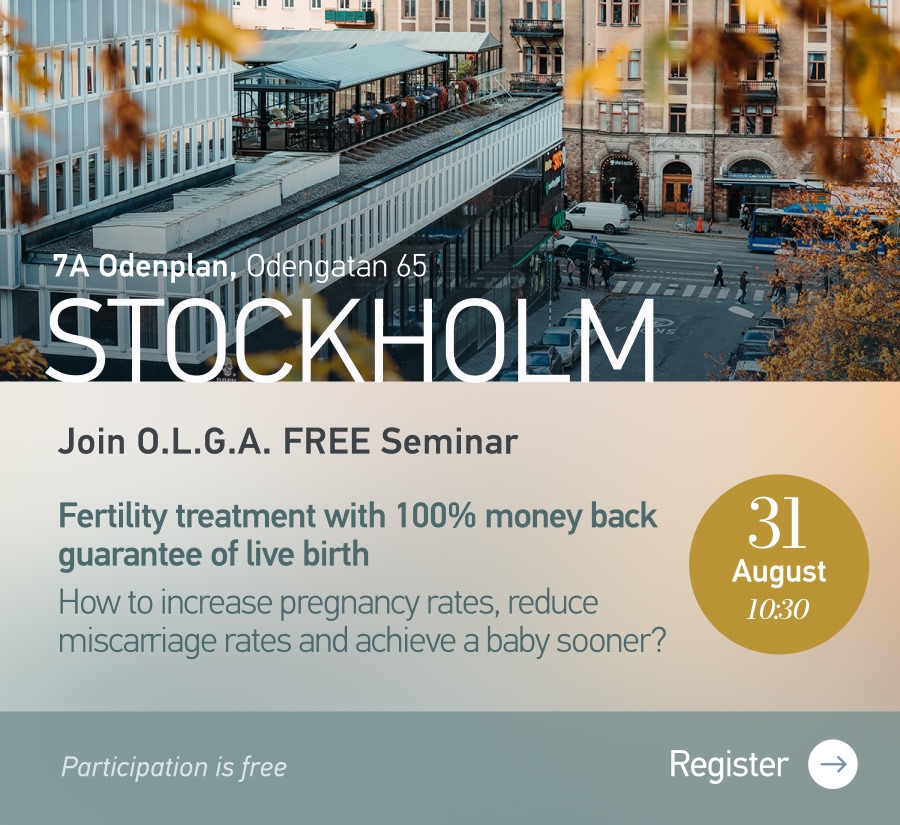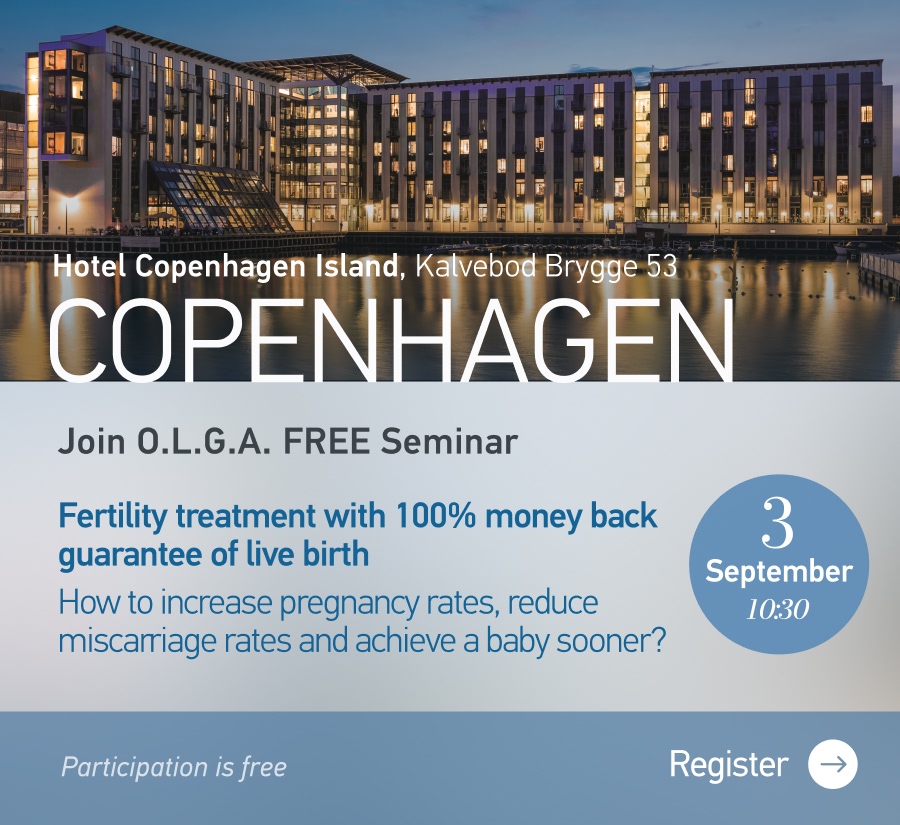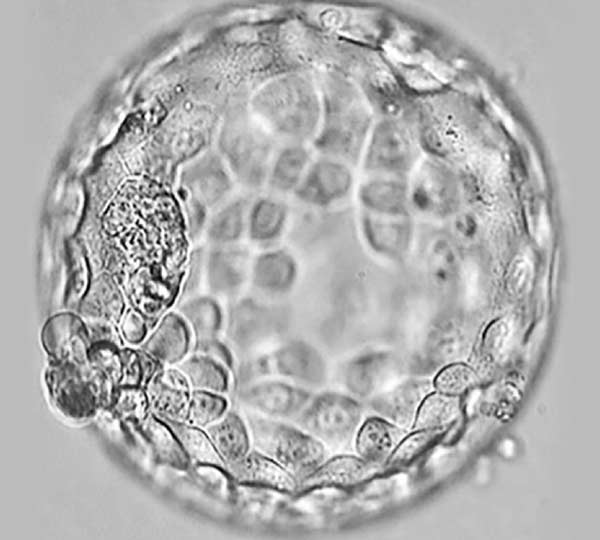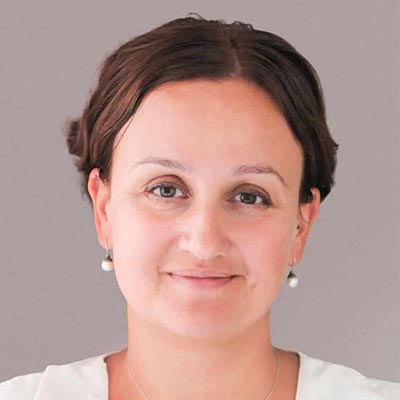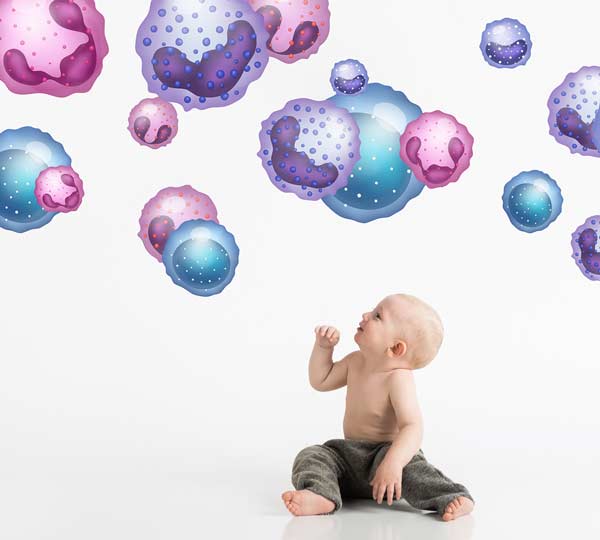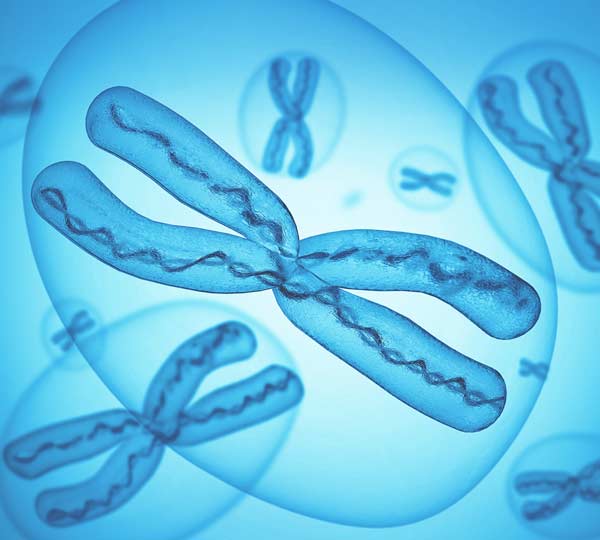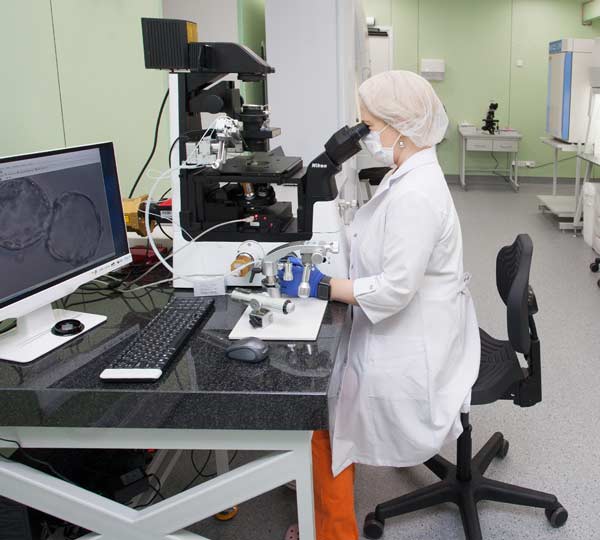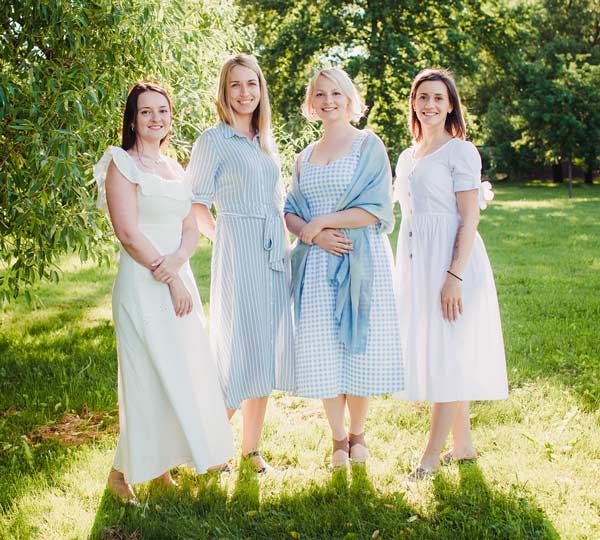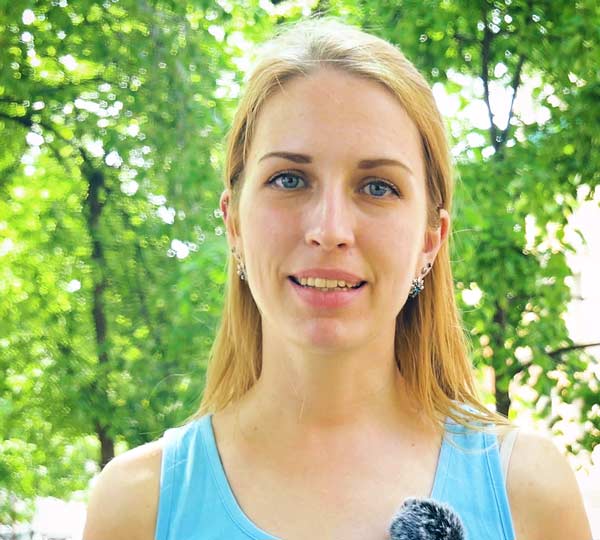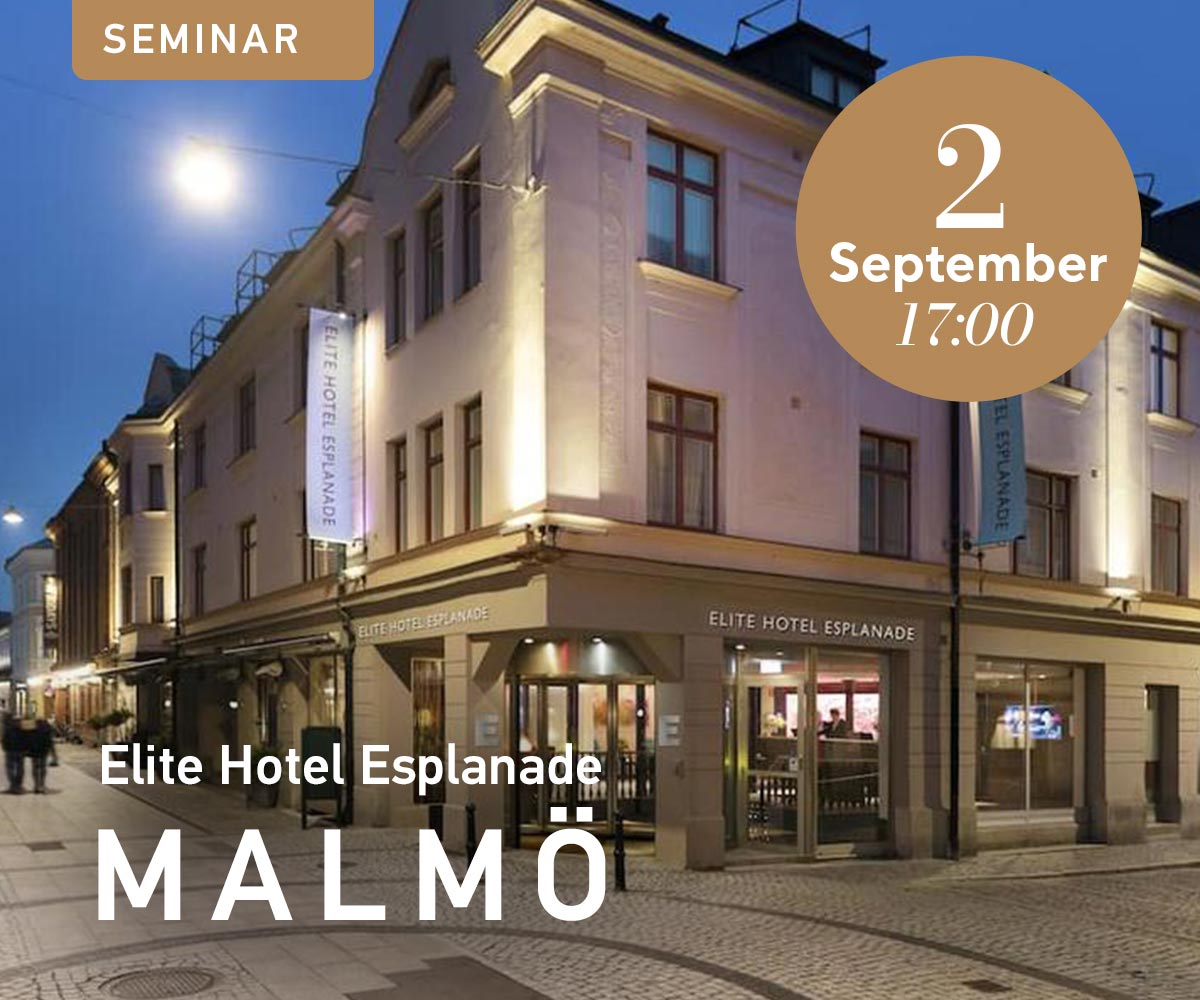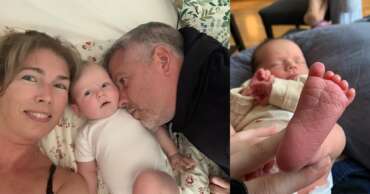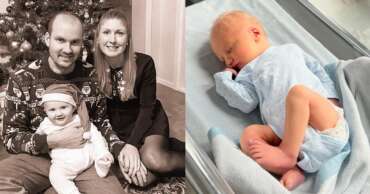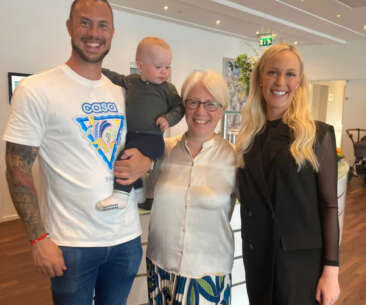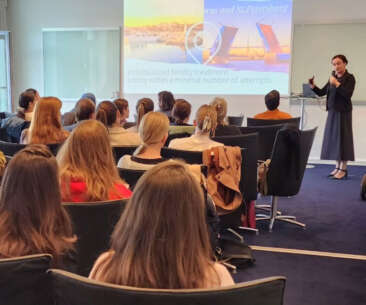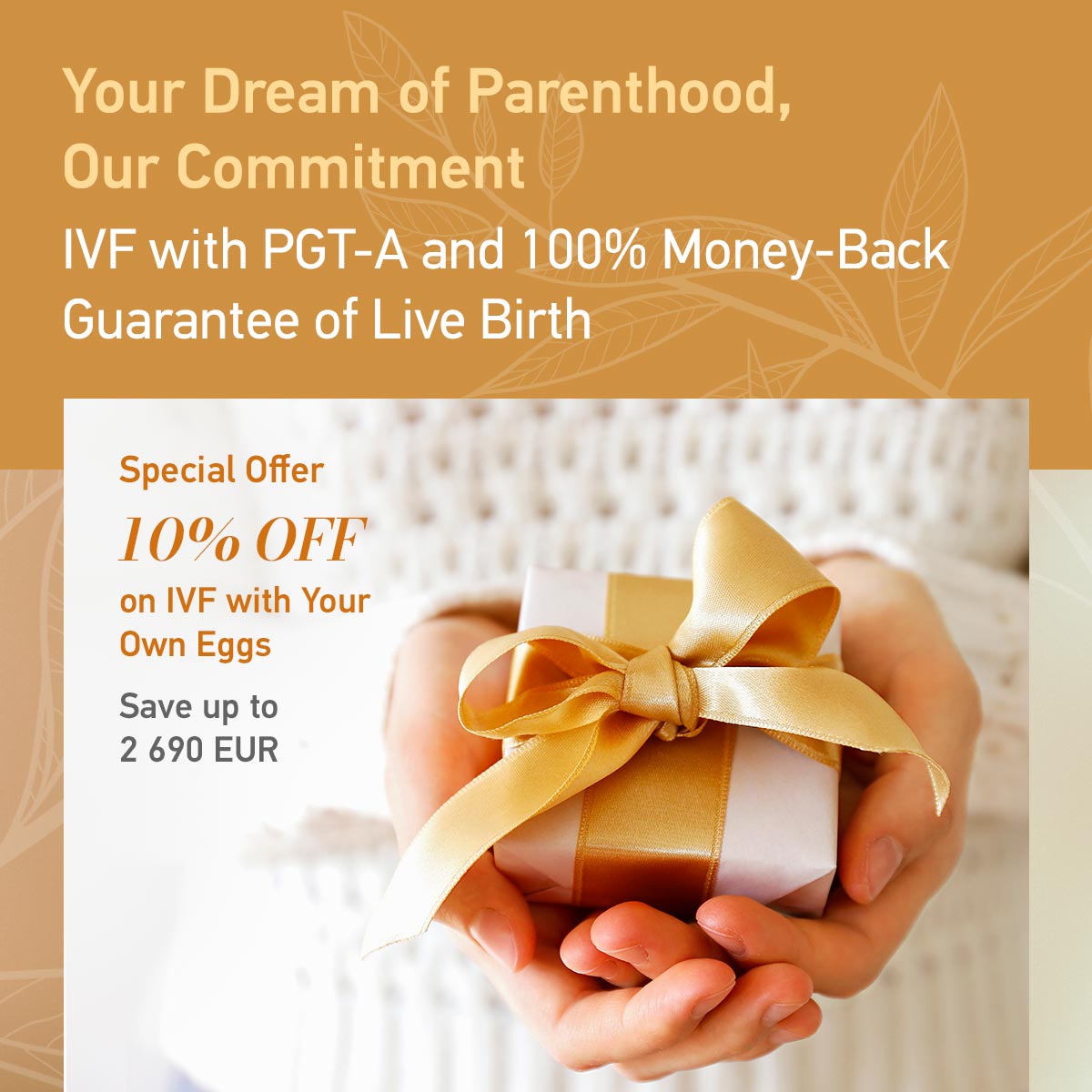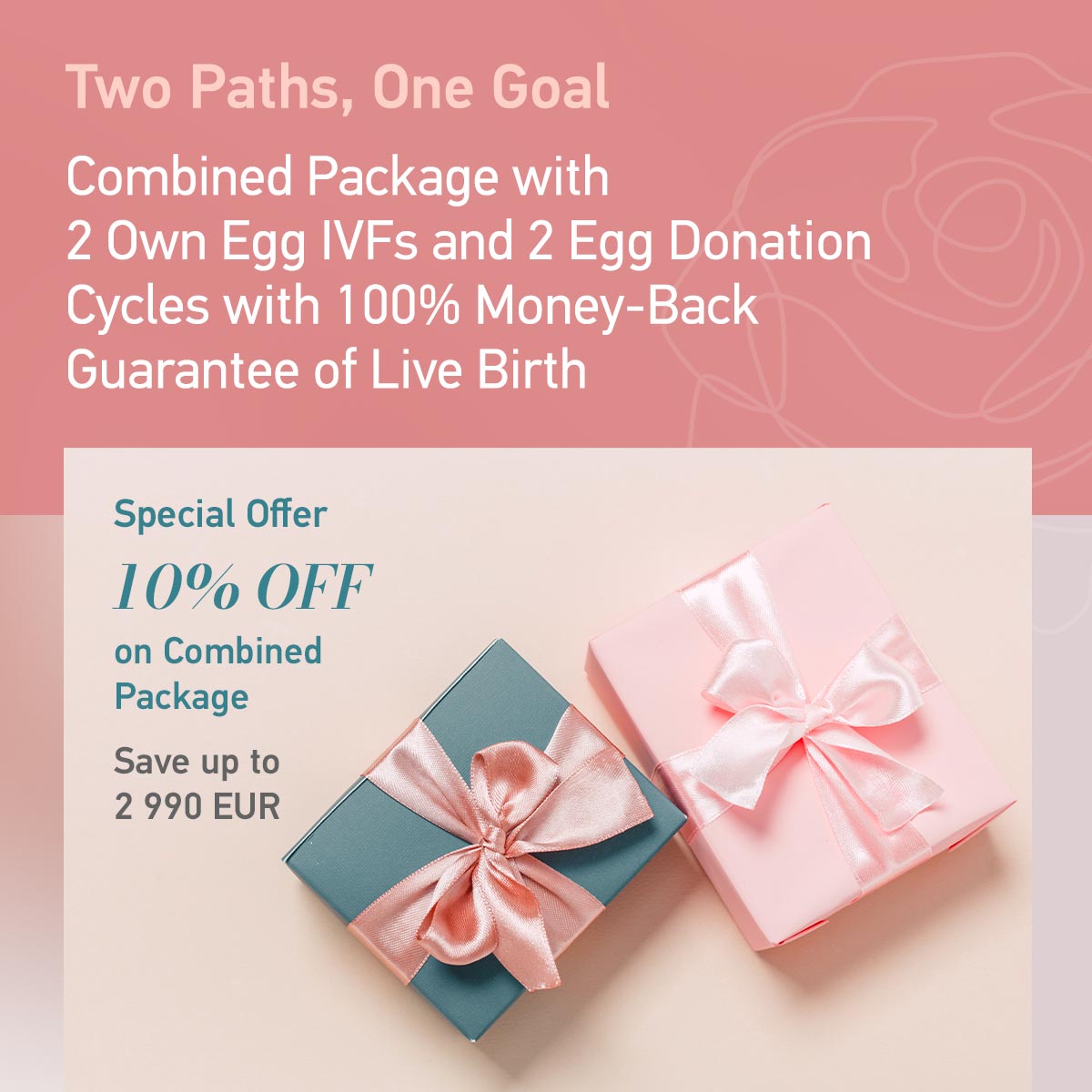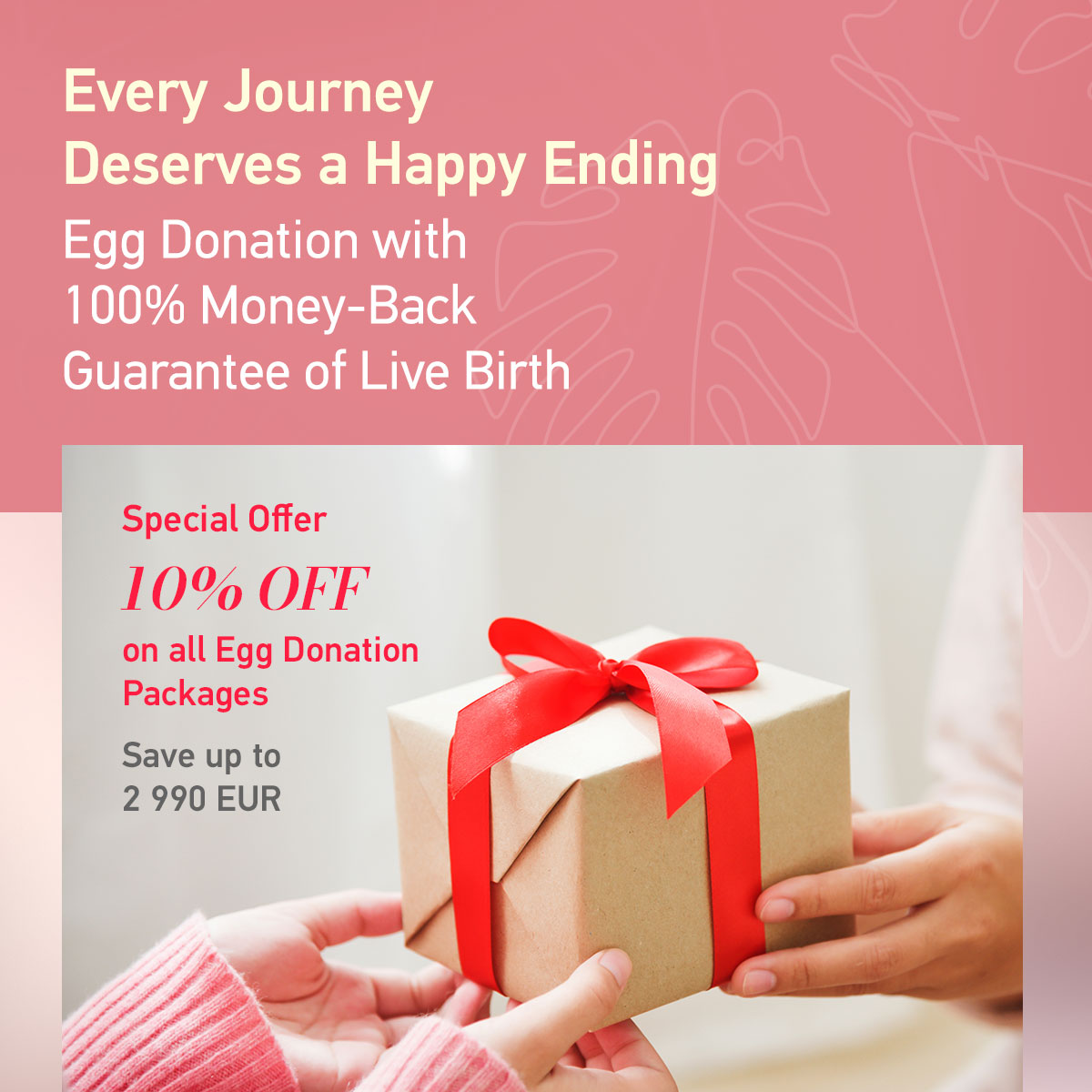IVF with donor eggs at O.L.G.A. Fertility Clinic
Ovum donation (IVF with donor eggs) involves two women one is called egg donor and another - egg recipient. The egg donor goes through medical procedures to produce eggs. The eggs are then harvested and fertilised in the laboratory by the sperm of the egg recipient’s husband or partner. The inseminated IVF donor eggs become embryos, and one or a two of them are replaced back into the womb of the donor egg recipient to conceive a pregnancy
Differences between IVF and IVF with donor eggs
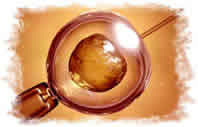
The main difference between ‘normal IVF’ and ‘IVF with donor eggs’ is that an extra person participates in the process. This person is calles egg donor, her eggs are used if the would-be mother (the egg recipient), cannot use her own eggs for medical reasons to get pregnant. The subsequent is a complete explanation of all the process steps.

Synchronizing the menstrual cycles
Both the egg donor and the egg recipient are to be at the start of their menstrual cycles which is needed to begin IVF with donor eggs procedure. In case if the recipient no longer has her normal menstrual cycle, we can induce it’s beginning at the right time. This is performed by prescribing contraceptive tablets to the donor and the recipient according to the decided plan. The medication is stopped on the same date by both the donor and the recipient, starting a menstruation in both ladies.
The egg donor’s treatment
As soon as the egg donor's period begins, she has an ultrasound examination of the uterus and the ovaries to ensure the ovaries are idle and the womb lining is thin. Your egg donor then applies medication to provide for IVF donor eggs. After about 10 days, she uses an extra hormone to make the egg cells prepared for collection. Egg collection is made by aspirating the egg cells from the follicles using a needle inserted into the ovary through the vagina. Her task is now over.
The egg recipient’s treatment
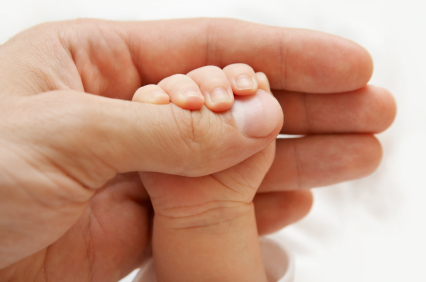
You may take one or sometimes two additional injections of a ‘down-regulating’ medicine to ensure best synchronization with your donor. Egg recipients may or may not have a usual menstrual cycle. Once the period is induced by the tablets, in most cases, you will have an examination to check that the membrane inside the uterus is thin enough and that there are no cysts before the start of the treatment course. The treatment includes taking oestrogen pills, patches or cream to build up your uterine membrane. Five days before the scheduled day for Embryo Transfer, you begin taking progesterone containing medicines in addition to oestrogenes.
Fertilization and embryo transfer
The IVF donor eggs are fertilized with the sperm of the male partner or a sperm donor. They are grown in our laboratory for three or (more often) five days and continue to divide and develop during this time. At five days old, embryos are called blastocysts. By this step, our embryologist experts are able to evaluate which embryos are of the most promising quality. On the day of embryo transfer, a single or a pair of the best embryos are moved through the cervical canal inside the egg recipient’s womb using a threadlike, soft plastic catheter. This procedure is usually short and causes no pain.
After the embryo transfer, you continue taking oestrogen and progesterone pills for two weeks and afterwards take a pregnancy test. If the test shows positive result, you must undergo a scan to confirm the pregnancy two weeks later. If a ‘fetal pole’ is noticeable on the scan, this provides clinical confirmation of your pregnancy.
At O.L.G.A. Fertility Clinic, we had a 60% success rate in 2008 after transfer of 2 fresh embryos at the blastocyst stage. The total number of children born through IVF with donor eggs is becoming higher each year as more infertile women know about this form of treatment.
Interested in egg donation at O.L.G.A. Fertility Clinic?
Please contact us by the form below
We look forward to hearing from you!


